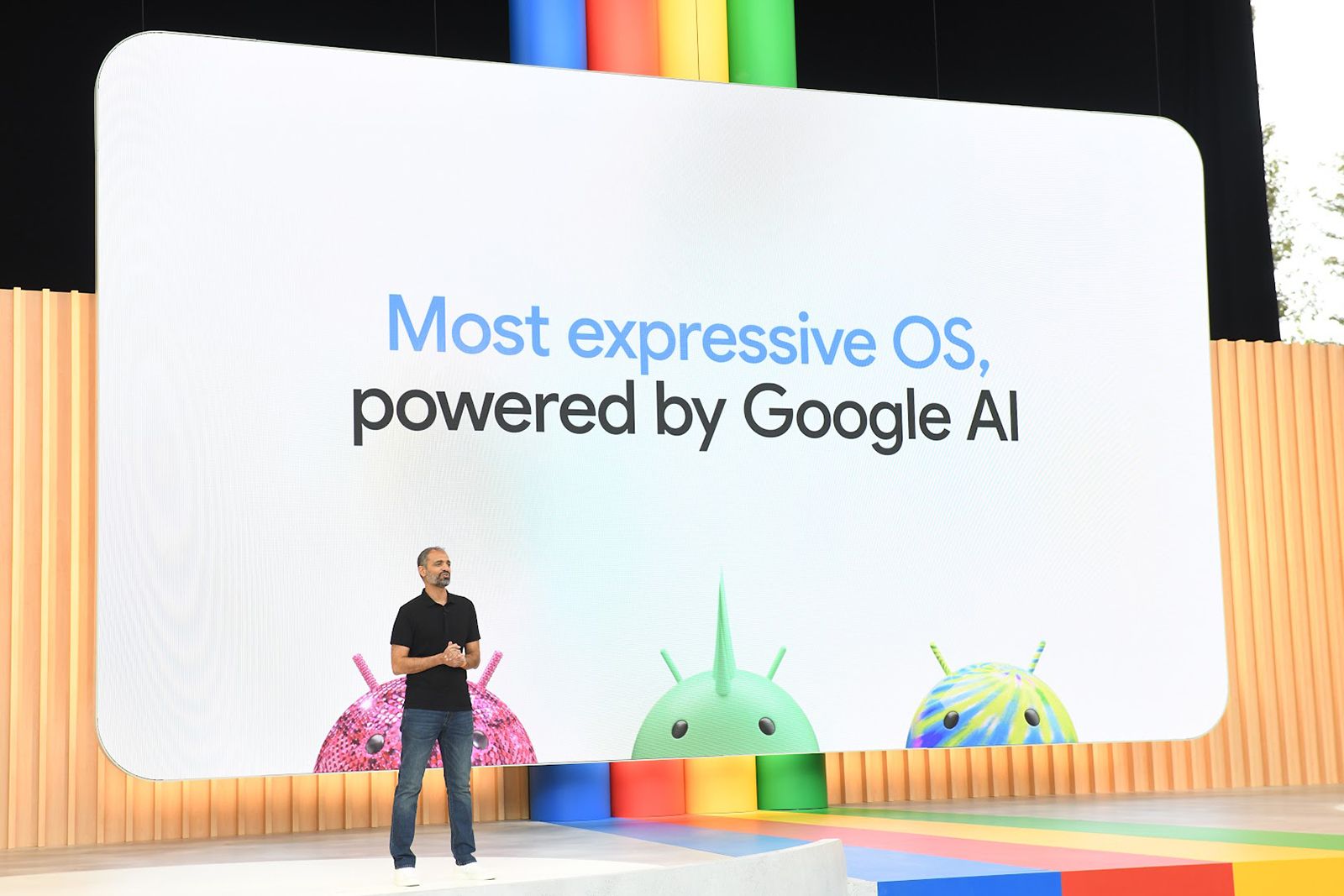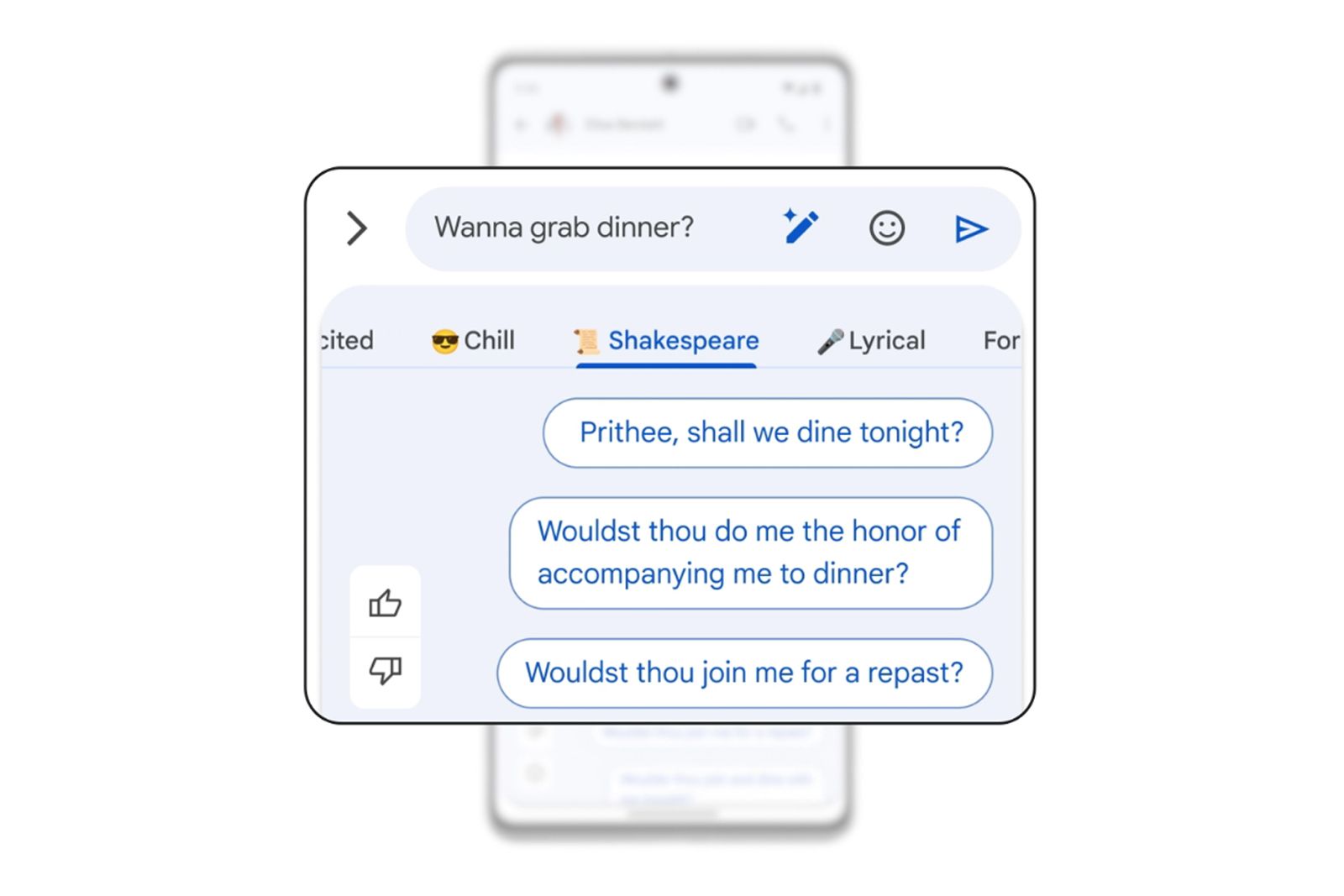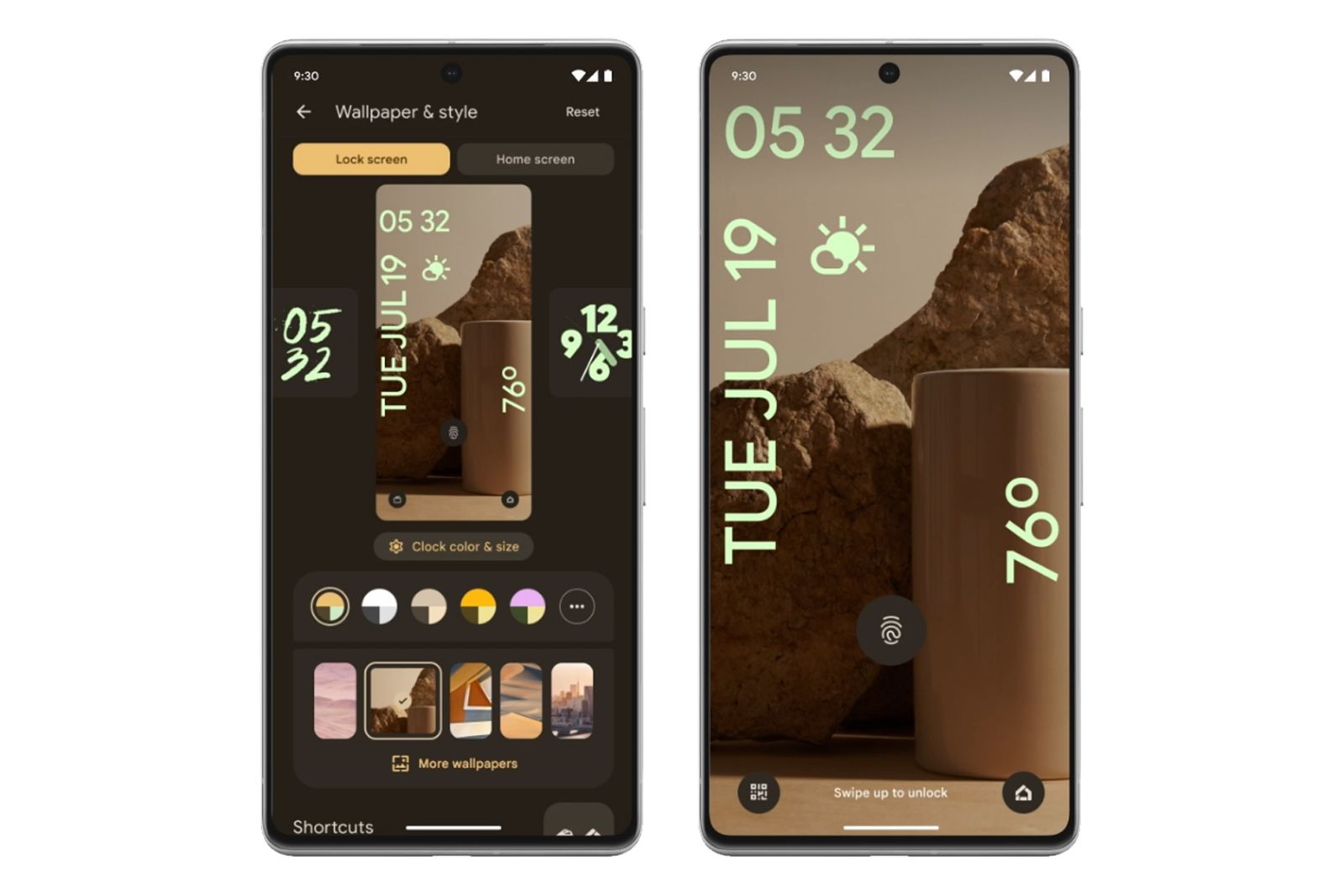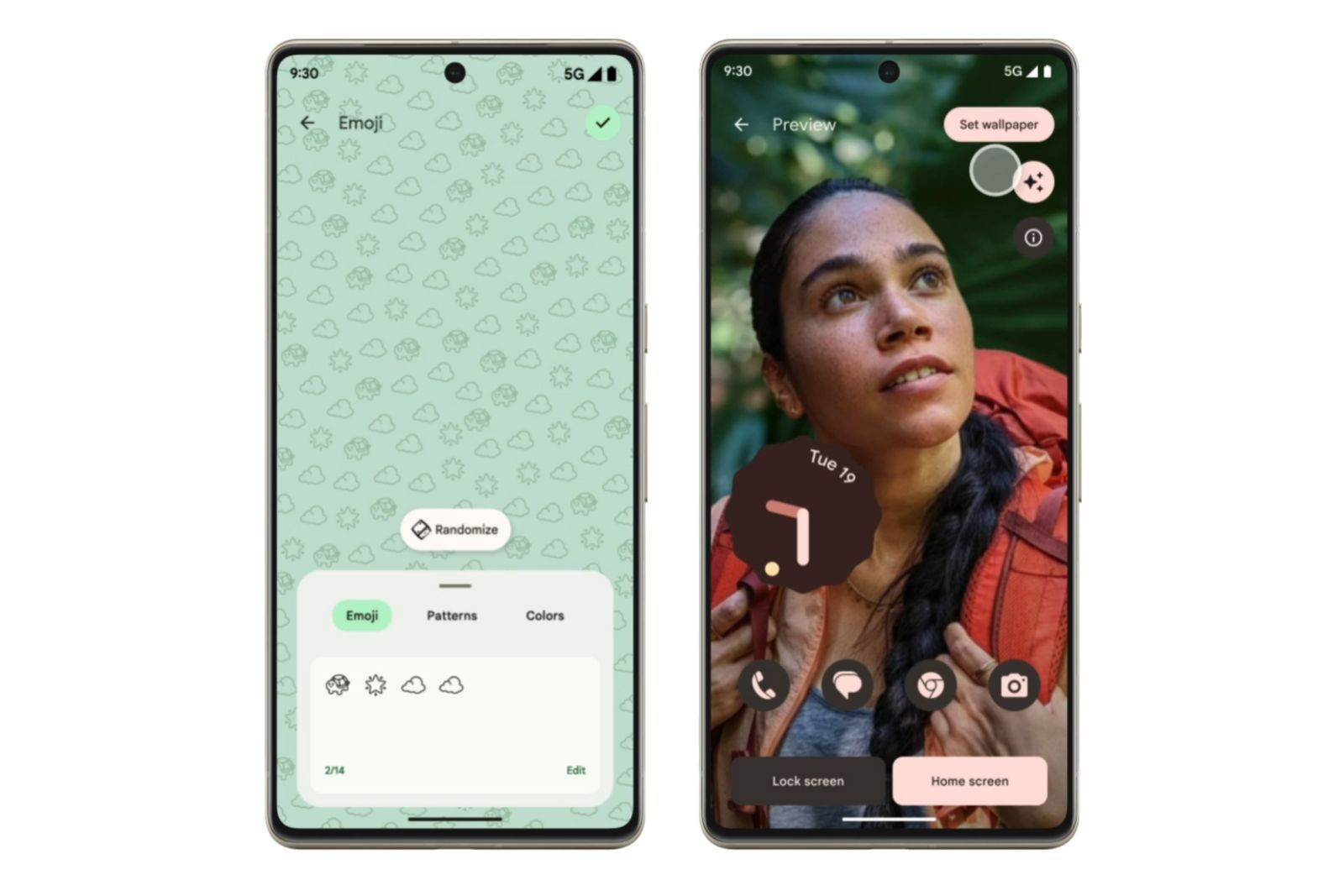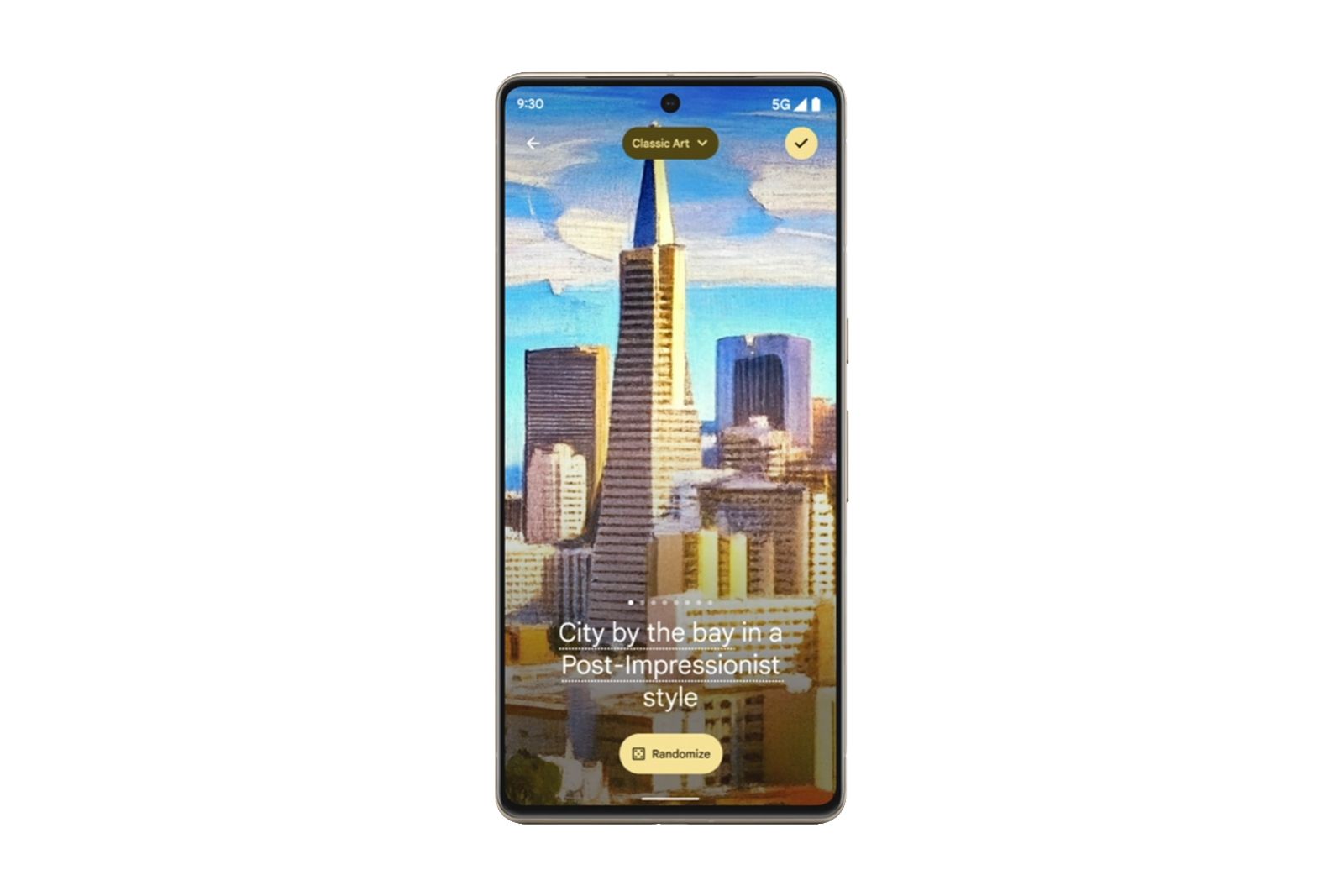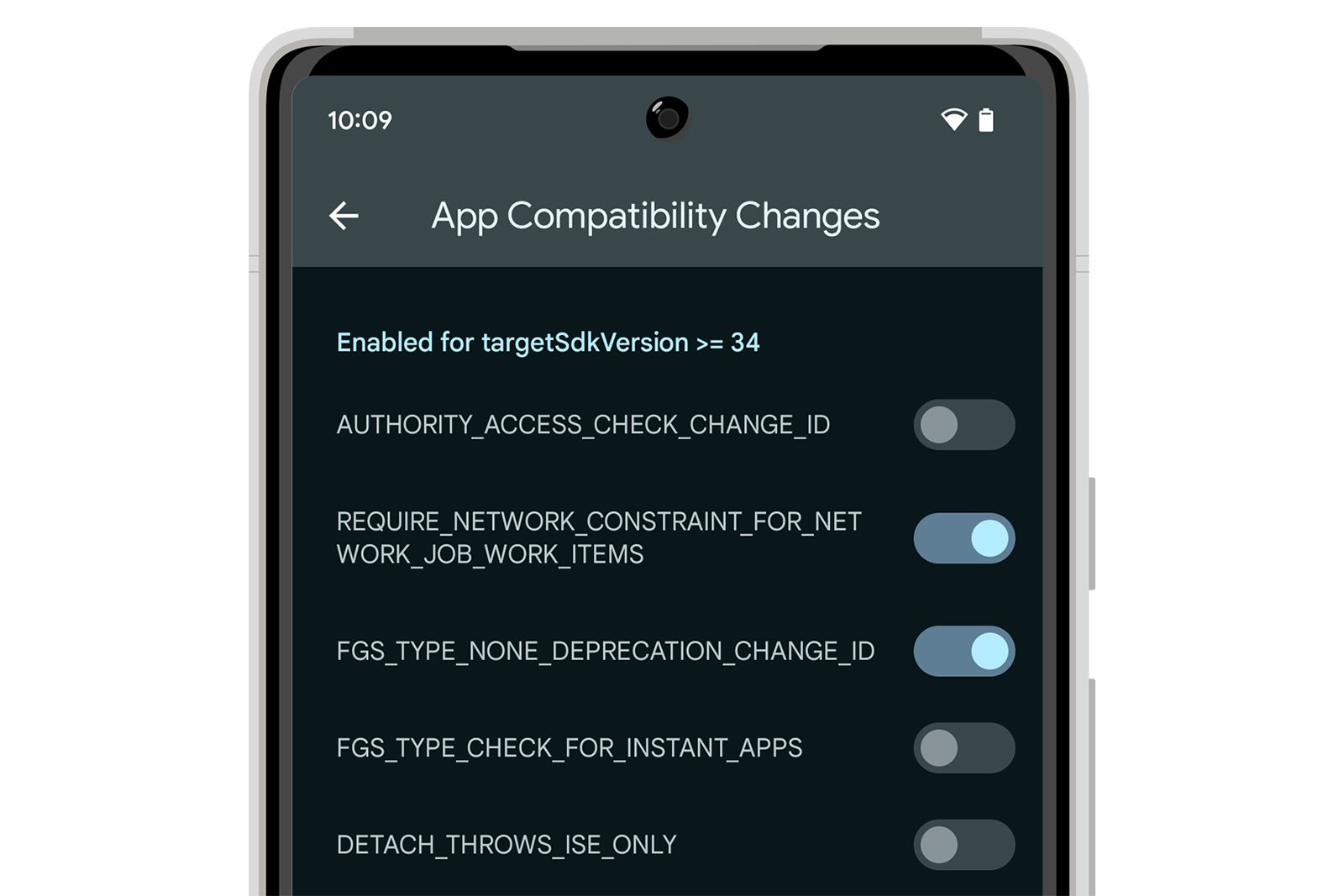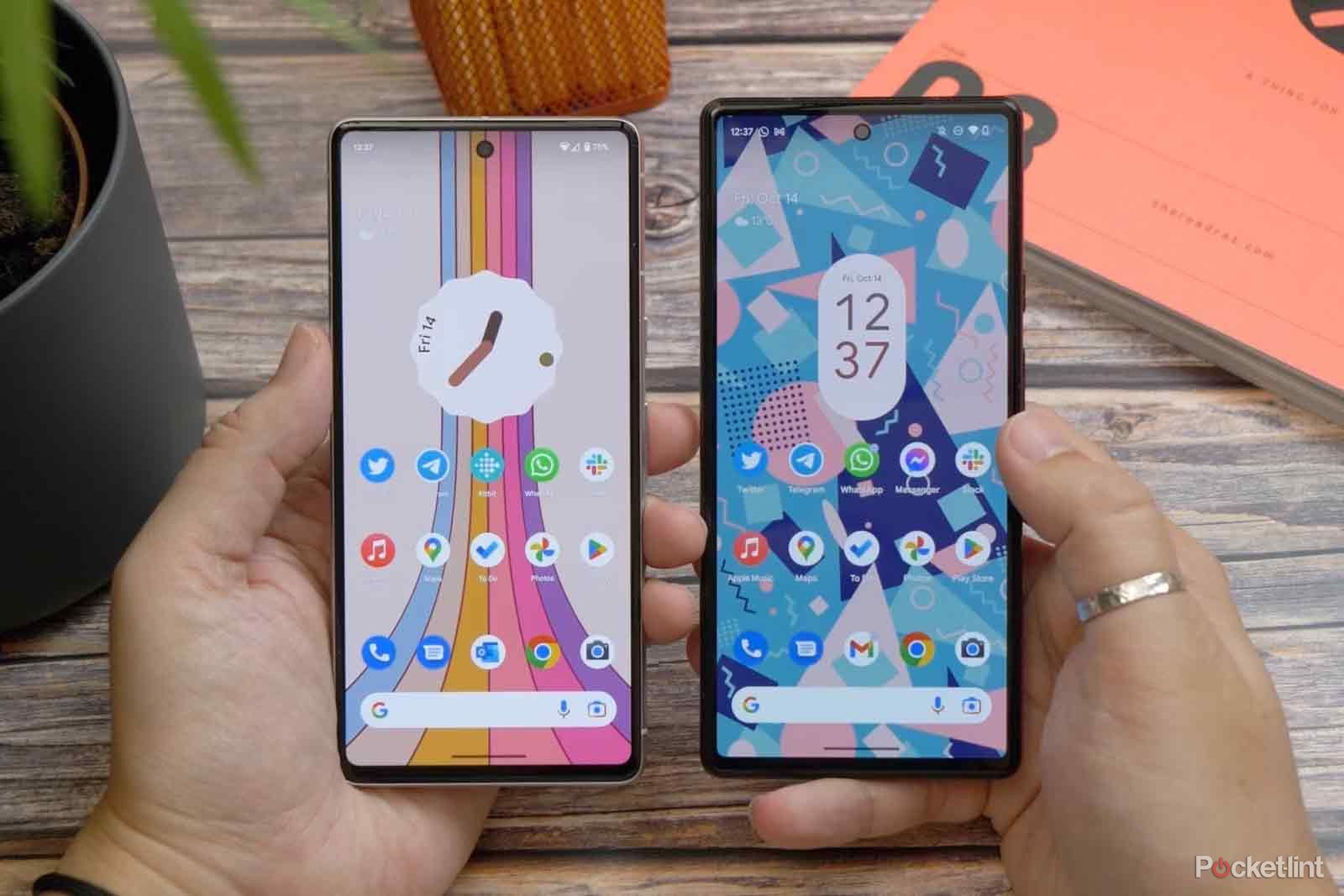Quick Links
The first developer preview of Android 14, Google's next major mobile operating system update, was released in February 2023, but it only gave us a small glimpse of what's to come.
Then, during Google I/O 2023, the company shared some more user-oriented changes to get excited about, as well as releasing the second beta version to a wider number of devices. That brings us to today, where Google is currently in the platform stability testing stages, rolling out its final beta versions before the final release. We detail all the important changes below.
We've also answered some common questions about Android 14, including when it'll be officially available and how you can try it now before the final version rolls out for everyone.
What's new in Android 14?
As with almost everything else discussed at Google I/O this year, Android 14 has a big focus on AI functionality. The other area of focus is around large-screen devices such as tablets and foldables. Since Google recently released its Pixel Fold and Pixel Tablet, the focus on big-screen devices shouldn't isn't too much of a surprise.
Here are some of the biggest changes that have been announced for Android 14 (but check out Google's official listing and blog post for all the new features):
Magic Compose
Magic Compose is a new feature coming to Messages by Google. It uses generative AI to suggest responses based on the context of your conversation. It can also alter your message to be written in a different style and even make your messages more concise and professional.
Google's demo at I/O showed messages being altered to sound more excited, more relaxed and even converted into Shakespearian style. O, most wondrous spectacle.
Magic Compose will be rolling out in Beta this summer.
New lock screen options
Android 14 will allow for much more lock screen customisation than before, with a plethora of new clock styles to choose from and the ability to add new custom shortcuts to the display.
There are some pretty striking styles to choose from and, of course, they're all perfectly matched to your system colour palette thanks to Material You. Speaking of which, a new monochrome theme has been added if you could do without so much colour, too.
Cinematic wallpapers
The new cinematic wallpaper feature allows you to turn any photo into a 3D image with motion effects that react to the movement of your device.
It's a bit like Facebook's 3D photos, but Google's effect promises to be all the more convincing thanks to on-device machine learning technology. Plus it's your wallpaper this time around, so you'll get to see it all the time.
Emoji wallpapers
Another new wallpaper option allows you to create a mosaic of your favourite emojis, which can then be scaled and colour matched to the rest of your theme.
The end result is surprisingly tasteful, and the in-depth customisation means that your options are almost endless.
AI-generated wallpapers
If you can't find the right image to use as your wallpaper, why not generate an entirely new image? Android 14 includes a new option for AI wallpaper generation, using an AI image model that works a lot like DALL-E 2 or Stable Diffusion.
If you're struggling for ideas, Google has implemented yet another AI model for prompt suggestions, so you'll always have inspiration for your next AI creation.
Tablet and foldable features
Google has been putting a lot of work into trying to make the Android experience as good on larger-screen devices as it is on a smartphone. At I/O it announced that 50 Google apps have been updated to make use of large displays and it has been working with third parties to ensure their apps are optimised too. Peloton, Calm and Candy Crush Soda Saga were all mentioned as newly redesigned apps.
In addition, features like the new taskbar, two-panel notification shade and a split keyboard make two-handed use easier than ever. Many of these features are already live in Android 13, but we're expecting further refinement in Android 14. The developer notes say we can expect new window size classes, sliding pane layout, activity embedding and box with constraints (whatever that may be).
Lossless USB audio
A feature that hasn't been shouted about too much, but is pretty exciting, in our opinion, is support for lossless USB audio. This means that Android 14 can offer audiophile-grade experiences over USB wired headphones.
Font accessibility
Non-linear font scaling up to 200% has been added to provide low-vision users with additional accessibility options. The system applies a non-linear scaling curve to prevent large text elements from scaling too large.
Internationalization
Android 14 has expanded on the per-app language features that were introduced in Android 13 with additional capabilities. This includes the ability to set regional preferences and have them reflected within specific apps automatically.
Grammatical Inflection API
The Grammatical Inflection API allows for easier support of users who speak languages where, according to Google, grammatical gender changes the sentence based on the person being addressed. This provides a more personalized and natural-sounding user experience for those languages.
Apps installed in the background list
Android 14 introduces a new feature that allows you to easily see which apps are installed in the background. This list will show all the apps that are running or running in the background, making it easier to monitor background app usage.
Default app permissions changes
The SCHEDULE_EXACT_ALARM permission is no longer being pre-granted to most newly installed apps targeting Android 13 and higher, the permission is denied by default, starting in Android 14. This feature is designed to improve app security.
In a similar vein, apps will only be able to kill their own background processes by default, rather than being able to kill external processes. This is, again, a security enhancement feature.
Merge of Passwords and Autofill service
In Android 14, the Passwords and Autofill service settings are combined into a single option called Default autofill service. This makes it more simple for you to manage your autofill settings and passwords in one place.
Health Connect in Security and Privacy
A new option called 'Health Connect' has been added to the Security and Privacy menu. This feature will allow you to connect your health-related devices, such as blood pressure monitors and glucose meters, to your Android device and manage your health data.
Separate Bluetooth and Wi-Fi reset option
In Android 14, you have the option to reset your Bluetooth and Wi-Fi settings separately. This feature can come in handy when you experience issues with one of these settings and want to reset it without affecting the other.
Dual-SIM automatic data switching
In Android 14, the Dual-SIM feature has been enhanced to automatically switch mobile data to the best option. This means that you can have better control over your mobile data usage and can ensure that you are always connected to the best possible network.
Cloned apps
Android 14 introduces a feature called Cloned Apps. This feature will allow you to easily duplicate apps, which can come in handy when you want to use two different accounts for the same app, such as WhatsApp or Facebook.
Screen Time in Battery usage stats
In Android 14, the Battery usage stats include a Screen Time feature that will allow you to more easily see how much time you spend on your device and which apps consume the most battery during that time.
Taskbar app icon labels
The Taskbar in Android 14 adds text labels to app icons, making it easier for you to identify which app is which. This feature will allow you to quickly find and launch the app you need.
Battery saver
Android 14 offers UI tweaks to the Battery saver feature, with the option to choose between Basic and Extreme Battery Saver. This feature will allow you to customize the Battery saver settings according to your preferences and usage patterns.
Battery usage dropdown menu
The Battery usage menu in Android 14 uses a dropdown menu to switch between Breakdown by apps and Breakdown by system.
Fast Pair in Connection preferences
Android 14 offers Fast Pair in Connection preferences. This feature will allow you to quickly pair your Bluetooth devices with your Android device, without having to go through a complicated pairing process.
Privacy and security
Improvements in privacy and security, including a new Jetpack API called Credential Manager that allows for passkeys to simplify your authentication journey while increasing security.
When will Android 14 release?
Android 14 is set to release to the public in August 2023, so the wait is almost over. Currently, it's available as a public beta test but to ensure stability, we'd recommend waiting for the final release before installing it on your primary phone.
Which phones will get Android 14?
Android 14 beta 2 can currently be flashed on supported Pixel devices: The Pixel 7 Pro, Pixel 7, Pixel 6 Pro, Pixel 6, Pixel 5, Pixel 5a 5G, and the Pixel 4a 5G. It's also available for selected devices from iQOO, Lenovo, Nothing, OnePlus, Oppo, Realme, Tecno, Vivo and Xiaomi.
The official full release of Android 14 will also be available to all eligible Pixel devices in the summer of 2023, following the developer preview and public beta releases.
The official full release of Android 14 will also likely arrive on yet-to-be-released flagship phones from all the major manufacturers such as Samsung, Xiaomi, Sony, Motorola, OnePlus, and others. For instance, you can expect the Google Pixel 8, Pixel 8 Pro, Galaxy S23, S23 Plus, S23 Ultra, Galaxy Z Fold 5, Galaxy Z Flip 5, OnePlus 12, and more to be among the first to receive Android 14 when it rolls out later in 2023.
How to try Android 14 on your phone right now
If you want to try out Android 14, you can install the second Beta right now, so long as you have an eligible device.
It's not the final software, so you can expect some pretty serious bugs at this stage. However, if you are willing to deal with these issues, you can proceed at your own risk.
It's also important to note that installing Android 14 will erase your phone, and there is no way to force the update without joining the developer preview or beta programs.
Android Flash Tool
To install Android 14 on your Pixel phone using the Android Flash Tool, first make sure you have a Windows, macOS, Chrome OS, or Linux computer with access to the internet and the latest Chrome browser as well as a USB cable for connecting your phone to the computer. Once you do, follow these steps:
- Download and install the drivers for your phone from Google’s Pixel drivers page.
- Connect your phone to your computer using the USB cable.
- In your phone’s Settings, go to System > Developer options.
- If you don’t see Developer options, go to Settings > About phone.
- Tap on the Build number seven times until your phone says you are a developer.
- Developer options should be available now.
- In Developer options, enable OEM unlocking and USB debugging.
- Visit the Android Flash Tool website for installing Android 14.
- Select the version of Android 14 you’d like to install.
- Follow the instructions provided by the flashing tool to complete the installation.
- Wait for the process to finish, and then you'll have Android 14 installed on your Pixel.
Before you download the preview, ensure that you have backed up all your important data and files to avoid any potential data loss.
Want to know more?
If you'd like to learn more about how Android works, see: Android for beginners: Tips and tricks for your new smartphone.

